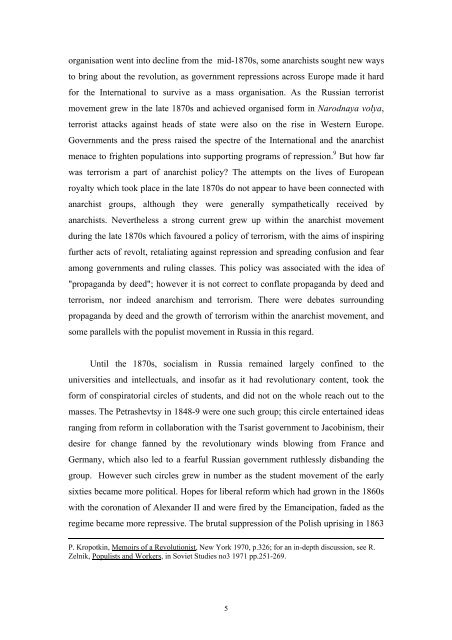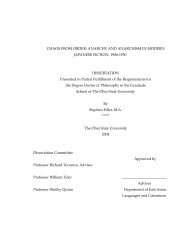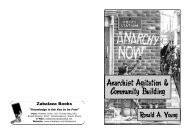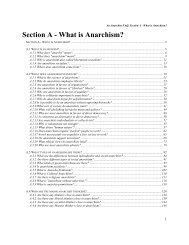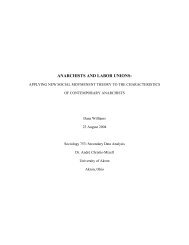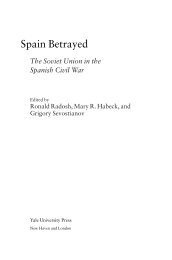Graham Gamblin - Infoshop.org
Graham Gamblin - Infoshop.org
Graham Gamblin - Infoshop.org
You also want an ePaper? Increase the reach of your titles
YUMPU automatically turns print PDFs into web optimized ePapers that Google loves.
<strong>org</strong>anisation went into decline from the mid-1870s, some anarchists sought new ways<br />
to bring about the revolution, as government repressions across Europe made it hard<br />
for the International to survive as a mass <strong>org</strong>anisation. As the Russian terrorist<br />
movement grew in the late 1870s and achieved <strong>org</strong>anised form in Narodnaya volya,<br />
terrorist attacks against heads of state were also on the rise in Western Europe.<br />
Governments and the press raised the spectre of the International and the anarchist<br />
menace to frighten populations into supporting programs of repression. 9 But how far<br />
was terrorism a part of anarchist policy? The attempts on the lives of European<br />
royalty which took place in the late 1870s do not appear to have been connected with<br />
anarchist groups, although they were generally sympathetically received by<br />
anarchists. Nevertheless a strong current grew up within the anarchist movement<br />
during the late 1870s which favoured a policy of terrorism, with the aims of inspiring<br />
further acts of revolt, retaliating against repression and spreading confusion and fear<br />
among governments and ruling classes. This policy was associated with the idea of<br />
"propaganda by deed"; however it is not correct to conflate propaganda by deed and<br />
terrorism, nor indeed anarchism and terrorism. There were debates surrounding<br />
propaganda by deed and the growth of terrorism within the anarchist movement, and<br />
some parallels with the populist movement in Russia in this regard.<br />
Until the 1870s, socialism in Russia remained largely confined to the<br />
universities and intellectuals, and insofar as it had revolutionary content, took the<br />
form of conspiratorial circles of students, and did not on the whole reach out to the<br />
masses. The Petrashevtsy in 1848-9 were one such group; this circle entertained ideas<br />
ranging from reform in collaboration with the Tsarist government to Jacobinism, their<br />
desire for change fanned by the revolutionary winds blowing from France and<br />
Germany, which also led to a fearful Russian government ruthlessly disbanding the<br />
group. However such circles grew in number as the student movement of the early<br />
sixties became more political. Hopes for liberal reform which had grown in the 1860s<br />
with the coronation of Alexander II and were fired by the Emancipation, faded as the<br />
regime became more repressive. The brutal suppression of the Polish uprising in 1863<br />
P. Kropotkin, Memoirs of a Revolutionist, New York 1970, p.326; for an in-depth discussion, see R.<br />
Zelnik, Populists and Workers, in Soviet Studies no3 1971 pp.251-269.<br />
5


